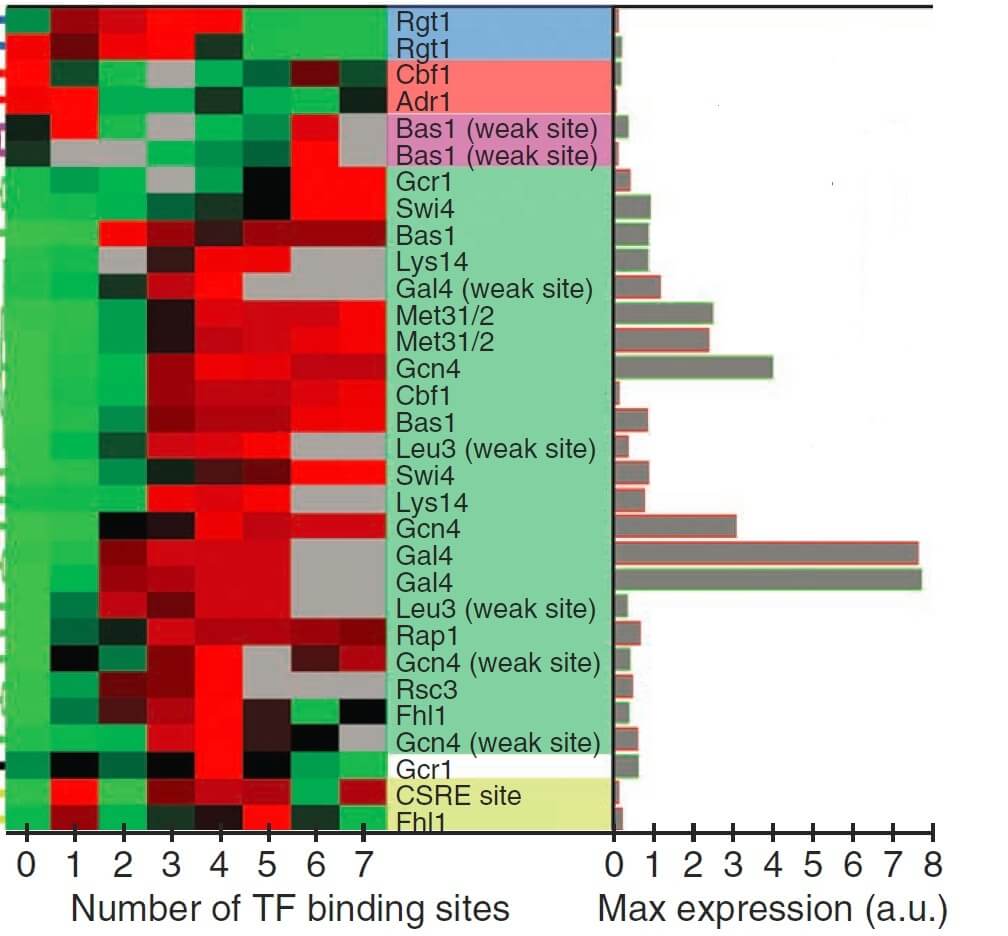Until now, making a planned change in the DNA sequence was a slow and tedious process: only one segment of DNA could be changed at a time, which took several weeks

Our ability to read DNA has advanced by leaps and bounds in recent decades, but our ability to understand the genetic code and change it, that is, to rewrite the instructions encoded in DNA, has lagged behind. A new study by the Weizmann Institute of Science offers a way to make progress in cracking the genetic code by efficiently inserting many carefully designed DNA segments into living cells and measuring their effect. The research was published in the June issues of the scientific journals Nature Biotechnology and Nature Genetics.
Until now, making a planned change in the DNA sequence was a slow and tedious process: it was possible to change only one segment of DNA at a time, which took several weeks. Additional time is required to test the results of each change. In the new study, the scientists of the Weizmann Institute of Science developed a technology that makes it possible to simultaneously insert tens of thousands of systematically designed DNA segments into tens of thousands of living cells, and to measure in a single experiment with great precision the consequences of each of the introduced changes.
"The rapid method will significantly advance our ability to understand the 'language' of DNA. Reading an entire human genome has become a fairly quick task, but what exactly is written in that genome? After all, the genome looks like a long sequence of letters whose meaning is, for the most part, unclear," says the head of the research team, Prof. Eran Segal from the Department of Computer Science and Applied Mathematics and the Department of Molecular Biology of the Cell at the Weizmann Institute of Science. "Reading the DNA alone is like trying to learn a foreign language just by listening to people who speak it. Our method will help us identify words in the DNA language, and understand their meaning."
The "reading comprehension" of DNA can, among other things, explain the meaning of the tiny genetic differences between different people. This way it will be possible to understand which difference is responsible for the occurrence of various diseases in certain people. The method may also lead to the development of gene therapy techniques, based on the introduction of new genes or upgraded control sequences, with the aim of correcting genetic defects.
In the current study, the scientists examined an essential aspect of the DNA language: how the control of gene expression is coded in DNA, that is, how the instructions that dictate the intensity of activity of each gene are written in the genetic code. Since the activity level of the gene is a central factor in cell function, this question has been studied for decades, and is considered one of the central ones in molecular biology. The method allowed the scientists to isolate and test the effect of various factors on the gene's activity level. In this way, they were able to learn how different factors define the "language of control", and even demonstrate how an informed choice of changes in the sequence affects these factors in a way that makes it possible to achieve different activity levels of genes.
The new method consists of four steps based on an innovative combination of existing technologies. The steps are: creating 50,000 different genetic sequences in DNA chips, massively inserting the sequences into 50,000 different cells at the same time, sorting them using a cell sorting device capable of reading the level of the "reported" gene, and interpreting the genetic sequence using parallel sequencing in large quantities .
Research students Ilon Sharon, Tali Reva-Zedekah and Michal Lavou, research assistant Dr. Yael Kalama and research associate Dr. Adina Weinberger from the Weizmann Institute of Science, as well as Dr. Zohar Yachini from the Technion and "Agilent Laboratories" in California participated in the study.

8 תגובות
point
This usually happens when you intervene in a system that is several times larger than the ability to know it,
Finally.
From now on they will be able to create new genetic diseases that we didn't even think were possible.
Max
A scientist's name is built by his discoveries and developments, and damaged by his prophecies and conclusions.
It does not seem to me that we have or will have the possibility to make a repair in the garden without affecting a feature
or other traits in other genes, in an uncontrolled manner. whether it's for better or worse.
Note that everything we know and determine depends on our knowledge and the level of accuracy of the technology we have.
I think that there are more and more scientists today who understand that there are limits and goals far beyond the capabilities
ours, out of our reach, because nature created over millions upon millions of years a world that is many times smaller and more complex than those we are able to "see".
http://www.nature.com/ng/journal/vaop/ncurrent/full/ng.2305.html
Can I please have a link to the article in Nature?
Hopefully it can be read for free…
Excellent, maybe the beginning of the end of genetic diseases.
Wow sounds amazing... I hope that this technology will soon lead to breakthroughs in the field...
I understand that very soon they will start producing the Israeli Superman!!!!!!!!